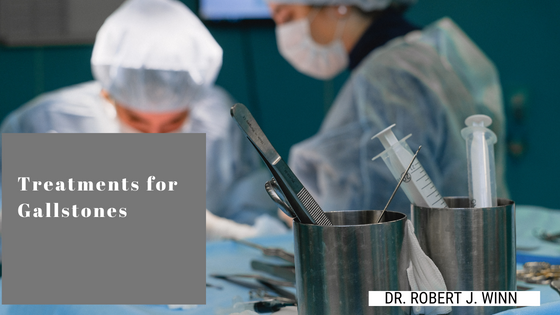You don’t need treatment if your gallstones aren’t causing any symptoms. But you should consult a doctor if experiencing other symptoms, such as a gallbladder attack. Even though your symptoms will eventually go away, they may still appear. You can be referred to a surgeon or a gastrointestinal specialist if they are serious.
For gallstones, the usual treatment is to have the gallbladder removed. However, doctors can sometimes use nonsurgical procedures to treat pigment stones and cholesterol gallstones.
Surgery
One of the most common procedures in the US is gallbladder surgery, also known as cholecystectomy. Although the gallbladder is an essential organ, it’s not necessary.
General anesthesia is usually provided during surgery. After the gallbladder is removed, bile travels through the liver and into the duodenum. This is because the bile is transported out of the liver instead of stored there.
Types of cholecystectomy:
Laparoscopic cholecystectomy
Most surgeons perform laparoscopic cholecystectomy procedures using a laparoscopic technique. This type of surgery can be performed on an outpatient basis, allowing the patient to return to regular activities the following day.
Open cholecystectomy
An open cholecystectomy is usually performed when the gallbladder is severely infected or inflamed. If the issue occurs during a laparoscopic procedure, a cholecystectomy may be performed. The patient may stay in the hospital for a week following the operation. They should be able to return to their regular activities within a month.
Aftermath
Some people who have had the gallbladder removed experience a change in their bowel habits, which may include a more frequent and softer stool. These changes are temporary and should be discussed with your doctor.
Although gallbladder surgery can come with various risks, it is uncommon to cause complications. One of these is an infection, which can occur after the ducts have been injured.
Nonsurgical treatments
Doctors sometimes use nonsurgical procedures to treat gallstones. They are only used for situations where the surgery is not feasible. Although gallstones can be cured with treatment, they can still return. Here are a few types of nonsurgical treatments:
- The ERCP treatment involves removing a gallstone stuck in the bile duct.
- Two common medicines, ursodiol and chenodiol are used to treat gallstones. They help break down small cholesterol gallstones. However, these drugs can only do so much, and it can take months or years for all the stones to disappear.
- The shock wave lithotripsy method involves using a shock wave to break down gallstones.


